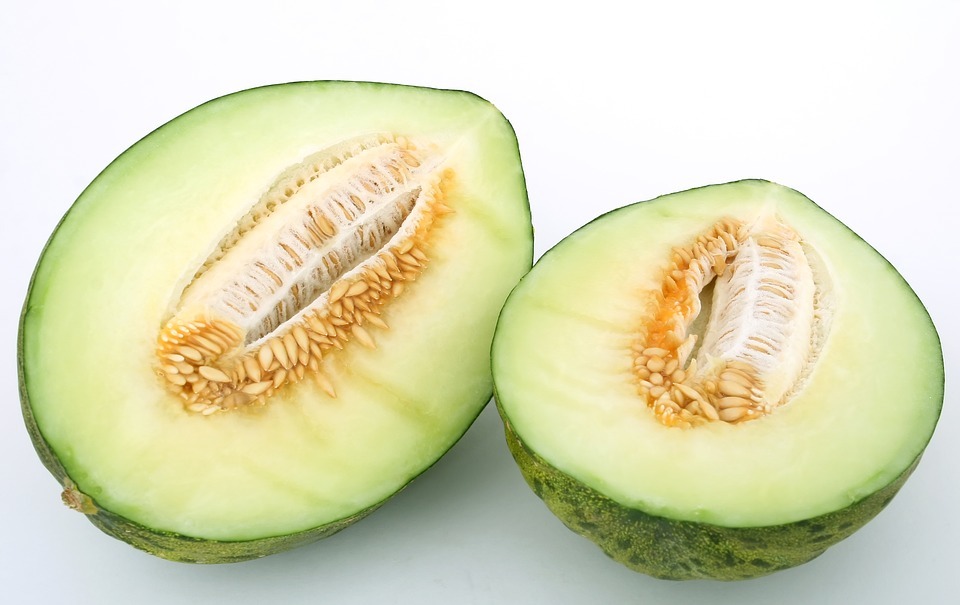Just like any other melons, honeydew melon belongs to the Cucurbit, or gourd family. This fruit sweet, scrumptious, and juicy just as long as you harvest them off their vines at the right time. However, it is quite hard to recognize a ripe honeydew compared to detecting ripeness in other types of melons, that is why it is important for you to know how to check and ensure your honeydew is matured enough to be harvested and ready to be enjoyed. That is why in this article, we are going to give you a guide on growing, harvesting, and storing your honeydew melons. So that you can make sure that you will be only tasting the best and delicious honeydew melons.
Tips for Growing a Honeydew Melon
In order for you to be able to grow a delicious and healthy honeydew melon is to make sure that your plants receive plenty of moisture, sunlight, and heat. Take note that honeydews thrive and flourish well when they are planted in warm soil along with a steady water supply. It’s essential for you to keep the soil of your honeydew consistently moist, but be careful because you don’t need to get it waterlogged because it could kill your plants. Plus, molds will begin to develop inside your honeydew melon if you overwater them. Another tip that you should remember is to try and keep your growing melons off the soil because this will reduce any damage from insects and rot.
Remember that almost all melons ripen during the late summer or early fall. More often than not, you can expect that you will get at least two or three melons per vine. Keep in mind that honeydew melons cannot tolerate too much, but they can usually handle a light frost. You can expect to harvest your honeydew melon in about three months after you plant it. However, it is crucial to know how you can see of it’s already time to pick it. This is because the fruit does not slip off the vine compared to other fruits.
Harvesting Your Honeydew
You can determine that honeydews are ready to be harvested when their rind turns completely white or yellow, take note that their rinds shouldn’t be green at all. Their skin should have a pale yellow to light lemon in color, and they should have a waxy texture. Keep in mind that honeydews should have no trace of greenness once they are ripened, that’s why you should always be on the lookout if there are any green veins that are running over the rind. But still, the best way to see if your honeydew is ripe is for you to taste and smell it.
When it comes to harvesting your honeydew, all you have to do is push your fingers on the round section where the vine was attached. This part is often called the “blossom end. A ripe honeydew should have a slightly soft and springy texture; plus, it should have a fresh and faintly sweet smell. If they are ripe enough, then you should also feel fine ridges in their skin, this is because less ripe melons tend to have smoother skin. A ripe honeydew should have a fragrant smell. If you see slight scarring around the stem, this can indicate sweetness, and you can also smell the strong scent in the same spot, which also indicates the honeydew’s ripeness.
Once you know that you have a ripe honeydew on your hands, all you have to do is to remove the melon from the vine by simply snipping it off by using a pair of gardening shears or scissors. We suggest that you harvest your honeydews in the morning after the dew has dried. But during peak season, make sure to pick them every other day at the beginning of harvest. Or else, insects and other pests may try to devour the plant and fruits.
Storing Your Ripe Honeydew
Once you’ve picked and harvested your honeydew melon, it’s important for you to know the proper storage, especially if you don’t plan on eating it right away. Take note that honeydew is one of the few melons that can still continue to ripen even if it has been picked from the vine. In fact, mature honeydew melons can and will continue to ripen for several days when they are stored at room temperature even after they are harvested.
While underripe melons can be ripened when stored at room temperature, make sure that you keep your already-ripened melons in your refrigerator. Take note that whole melons can often stay fresh for one week, but you might want to eat it within a few days for you to get the best possible taste. Plus, the rind can start to decay if you keep your melon in the fridge for over a week.
